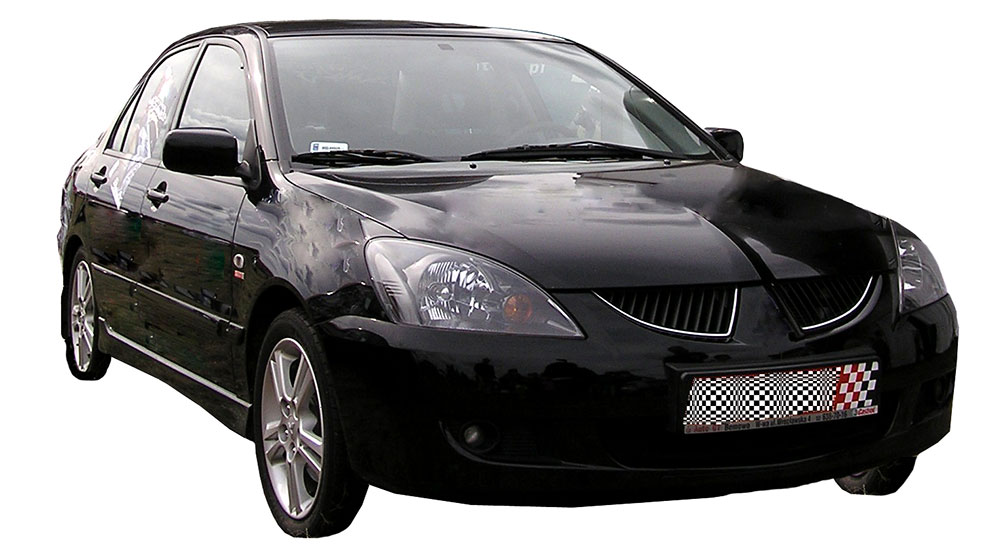On September 19, 2014, Uber began operating its Black and SUV services in New Orleans welcoming the Saint’s defensive end, Cam Jordan as its first passenger. Uberx has been operating in Baton Rouge since July 2014, and Baton Rouge Council members recently approved a temporary contract which allows Uber to service the Metro airport.
Uber began in San Francisco, as a service for those who wanted to bypass the traditional cab system by obtaining transportation from individuals using a personal vehicle. Uber contends that it is not a transportation company, but rather a technology company. The original service, now termed Uberx competes with cab companies while Uber Black and SUV services compete with cars for hire and limousine services. Uber now operates in cites worldwide. Other similar ride sharing programs such as Sidecar and Lyft are not currently operating in Louisiana.
New Laws and Regulations Focused on Ride Sharing Services
As these companies have grown, regulatory and legal systems have struggled to catch up. In September 2013, California became the first state to issue regulations on ride sharing services when the California Public Utility Commission created a new category called the “Transportation Network Company” (TNC) intended to include companies that “provide prearranged transportation services for compensation using an online-enabled application (app) or platform to connect passengers with drivers using their personal vehicles”. The regulations require that ride-sharing companies must have commercial insurance to cover “vehicles and drivers in transit to or during a TNC trip.”
Lawsuits Against Uber and Potential Gaps in Insurance Coverage
Uber is currently involved in various regulatory and employment lawsuits while cases involving personal injury and even death have exposed gaps in insurance coverage. The gaps in coverage become apparent when one looks at the tragic incident which occurred on New Year’s Eve in San Francisco in which a six year old girl was killed. Uber issued a statement that the accident “did not involve a vehicle or provider doing a trip on the Uber system.” Later it updated that statement to clarify that “the driver in question was a partner of Uber … the driver was not providing services on the Uber system during the time of the accident.” In other words, the driver was not “in transit to or during a TNC trip” for purposes of the California Public Utility Commission regulations.
In cases such as the San Francisco incident, the distinction between UberX and Uber Black is significant as it may mean the difference between a small personal auto policy and a million dollar commercial policy. UberX drivers are considered contractors and they are only covered under Uber insurance policies while actively working a fare. The driver in the San Fransicso case was an UberX driver not actively carrying a fare at the time of the accident. On the other hand, Uber Black has commercial insurance that covers the drivers the entire time they are on the road.
The wrongful death lawsuit filed in connection with this incident claims that the driver was logged on to the Uber app at the time of the accident. This means that the driver involved showed up for Uber users looking for a ride as available at the time of the accident. The lawsuit argues that whether or not the driver has the fare, if they are logged into the app, they are creating a benefit for Uber and should be covered by the company. Facts have emerged in the wrongful death case that the driver had already serviced one Uber fare prior to the crash and was simply waiting on a new customer when the tragedy occurred. The lawsuit also implies that UberX drivers without a fare are more impaired than drivers with passengers because they are using their phones to connect with and obtain new customers.
Future Questions Remain
Watching the California case should provide interesting insight as to how these cases will be handled in the future, but at this point we have far more questions than answers. Will the California regulations close the gap and require coverage between fares? Are UberX drivers independent contractors or employees? Will the courts draw a distinction between UberX passengers who have arguably “assumed the risk” and bystanders injured in an accident? Will courts find that Uber is liable for not requiring more experienced drivers? Will the Courts find that the Communications Decency Act protects Uber as an information content provider? Will the Courts find that like the Domino’s and Jimmy John’s cases, the Uber policy requiring that drivers respond quickly to customers creates a hazard? For now, more questions than answers remain, but check back for updates on the latest developments.
Allen & Gooch is providing this legal update for informational purposes only. This article should not be construed as legal advice or a legal opinion as to any specific facts or circumstances. You should consult your own attorney concerning your particular situation and any specific legal questions you may have.


